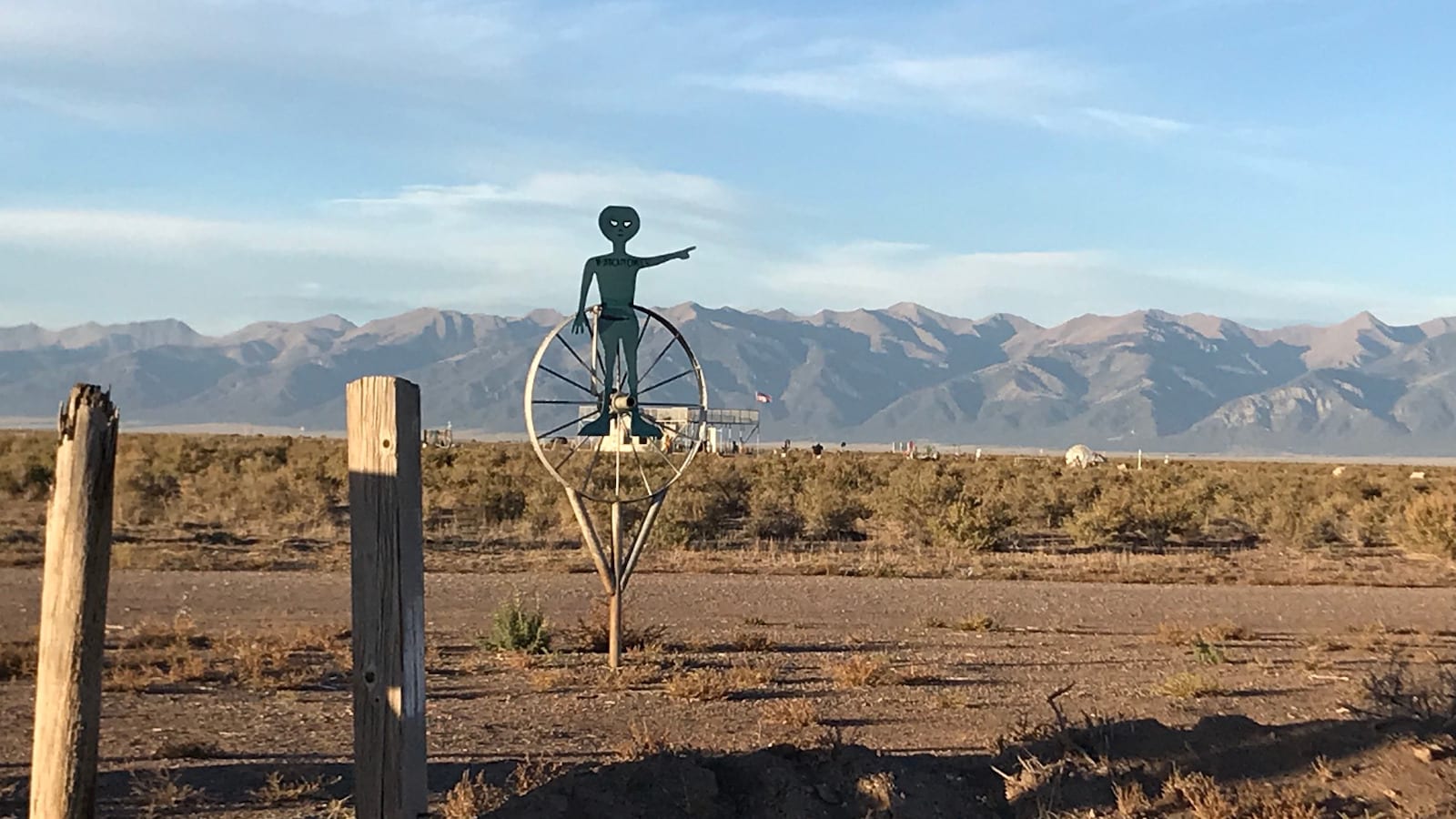When you talk ‘ag,’ as in agriculture in Colorado’s San Luis Valley, you’re not talking ‘small potatoes.’ Just the opposite. In ‘the Valley,’ there’s no such thing. Potatoes of any size or shape are not only a big deal, they’re a ‘blue-ribbon big’ deal. The cornucopia of other produce follow.
Truth be known, the variety of spuds that come out of the Valley are as good or better than any grown in the nation. But potatoes are just one contribution the Valley makes to Colorado’s food basket.
The Valley—the largest in Colorado—is roughly a four-hour drive southwest from Denver. It sits at an elevation of 7,600 feet covering more than 8,000 square miles. Counties in the Valley include Alamosa, Conejos, Costilla, Mineral, Rio Grande, and Saguache. It has a cold desert climate that produces some of the most frigid temperatures—often the coldest—in the nation. But it also has a warm weather growing season—about a hundred days—that amazingly adds up to more than $312 million in produce.
But that may not be the final figure this year, said farmer-rancher Leroy Salazar. “It’s actually been really, really dry; hardly any moisture; much drier than a normal summer,” he said. Salazar’s family has been part of the region’s fabric since the 1850’s. He has lived the high clover years in the Valley as well as others when nature had other plans.
The snowpack gave early indications that it would be a good year. But it didn’t pan out. Neither did warm weather rainfall. “We should have had four and a half inches of water,” he said. It didn’t come. “We had to abandon a couple of (crop) circles.” Salazar’s potatoes contribute to the Valley’s $200 million potato haul each year. But lack of moisture, he said, may reduce the yield by as much as 10 percent.
In Colorado’s ‘potato country,’ there are a number of varieties that reach tables both east and west. Russet, Red and Yellow Skin are the big three. In these groups are sub-varieties including Canela, Dakota Jewel and Yukon. Two of the biggest buyers for Colorado potatoes, both Salazar’s and others’, are Kroger and Walmart. His other crop, barley, another Valley staple, is bought principally by Miller-Coors.
While potatoes sit at the top of the food chain in the Valley, millions of dollars are generated from its lettuce and spinach harvest. Also, in recent years, a couple of newcomers have joined the Valley’s ag family.
Quinoa, a nutty, chewy grain high in nutrition, is emerging as a potential moneymaker for Valley growers, said John Addison, Manager for International Marketing for the Colorado Department of Agriculture. “We used to have just one grower,” he said. “Now we’ve got an amalgamation.”
Hemp is the other crop making a move. “There is great potential in hemp. It’s a crop that we’re at the forefront of (in Colorado).” The versatile crop, not to be mistaken for its recreational cousin, is ideal in the manufacture of canvas, rope, and clothing. The outdoor and recreational clothing company, Patagonia, has stepped up as Colorado’s number one buyer.
In a banner year, said Addison, the agricultural growth cycle will span an even larger swath of the Valley. Someday, though not this year, he expects as many as “65,000 acres of land, with a capacity to grow up to 75,000 acres” to be farmed. For that day to arrive, rain and a healthy snowpack have to be more substantial. That day did not come this year.
“I would say,” said Addison, “after talking to the Colorado Potato Association that the surface water run-off (in the Valley) may be down as much as 40 percent from last year.” Rainfall, he said, decided a flyover with an occasional shower was all it was going to provide. “They suffered more than any other region (of the state).”
Farming and ranching will sustain the Valley for generations to come. Those who live here and love the land have no plans to go anywhere or do anything else. “I’m a fifth-generation on the farm,” said Salazar. His son makes up part of the sixth. Brother, John, has a son and grandson working the land. Following them are a couple of granddaughters. If they like farming, he said, “I’d love to see my granddaughters involved…right now, they’re too young.”


